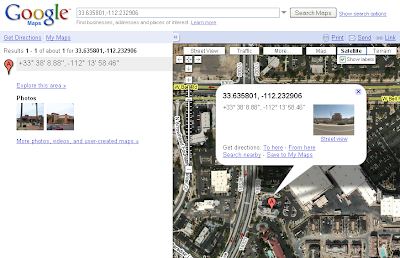Down the right hand side of this blog - is the following graphic;

What this is - is the CPU workunits/progress and standings/statistics about my participation in different BOINC projects.
BOINC - stands for 'Berkeley Open Infrastructure for Network Computing'.
Basically - it is a framework under which different distributed applications can be run. When SETI@Home first started - it was its own dedicated application. That would only have a single workunit in process at a time. I have been running SETI@Home since 1999. And from the table above - you can see that it is the project I have my 2nd highest total credit with.
There are
a large number of projects that are available, so if searching for ET to phone home isn't your idea of a good use of spare computer cycles - there are plenty of other options.
I look for projects that are contributing to the general good, and not contributing to something that someone can patent and sell (several of the bio-sciences projects were looking for gene mappings or drug interactions - no thanks).
A couple of the newer projects have skipped the idea of a screensaver. And just have a simple logo to display instead. I like the idea of the screensaver - if it pertains to the project.
LHC@Home's - just seems to put bouncing balls on the screen that changes color. But when I am running it at work - an interesting screensaver will prompt people to ask what I have running. That curiousity - could ultimately result in another computer or two working on that project.
Every time a work unit for a project is completed - the user's account gets credit for the work done. But - since the dawn of man if you give him a way to compare himself to others - he will find a way to gain an advantage for himself. For some - this can include installing BOINC 'quietly' on extra computers, writing a code module to increase the speed at which a workunit can be completed or even just buying more computers to run.
Now the credit granted to the participants - has gotten controversial. Some sites have revised the credit they grant - downwards. These 'Kredit Kops' - have been trying to get all of the projects to grant credit based on similiar work.
I don't agree with this policy. Let each project set their own limits. That would allow the less popular or mainstream projects give out more credit as a way to attract more participants.
Remember - these are all volunteer projects. The credits are the only thing that the participants get in return for donating their computer cycles (and power bills) to the project's goal.













